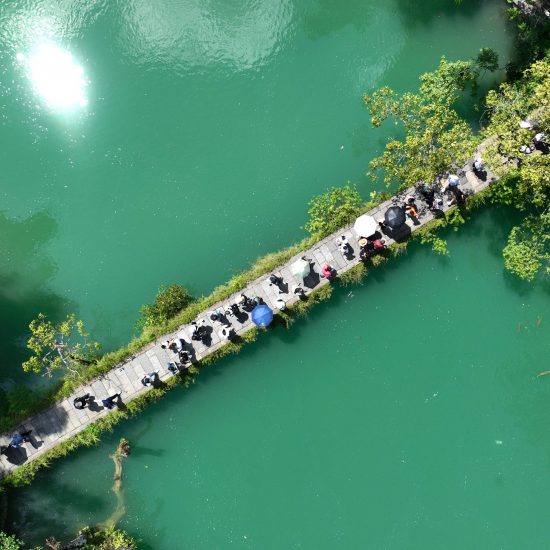By Anjan Roy
For people life begins at forty. For the Indian rupee, life is beginning to be exciting at 80.
The Indian rupee crossed the psychological barrier of 80 to a US dollar on Tuesday in trading on foreign exchange markets. On Wednesday, it recovered a wee bit. Now, it is becoming exciting to track how the rupee is fending for itself in the markets and whether it should recover some lost grounds.
Following the economic reforms and liberalisation, the overseas investment norms were revised and foreign institutional investors were allowed to put their money in the Indian stocks. While that is good as in brings in lot of investment dollars, there are some downside risks as well.
It you are allowing overseas investment in secondary markets, it brings in the risks of withdrawals of overseas secondary investment in Indian stocks when the financial markets are in trouble. We have seen this happening in the wake of the global financial melt-down and subsequently.
This is exactly what is happening now. Because of the knee-jerk reactions to oil prices due to uncertainties from the Ukraine war, rising inflation across the world and disruptions of normal trade channels, the central banks are recasting their monetary policies.
Of these, the most important central bank, US Federal Reserve, is set to raise interest rates from the ultra-low floors rates to much higher level. The indications are that the US Fed can rate hike by a huge 100 bps at one go.
This is changing all risk calculations and returns on financial assets globally. When future interest rates are expected to rise, the existing assets turn negative in value. In case of beds the yields tend to rise. So existing bond sell cheap and their yields rise. The secondary market stocks start depreciating.
In expectation of future hikes in US interest rates, the overseas investors in Indian stocks are withdrawing. Reports indicate that foreign investors have withdrawn some $30 billion this year. On top, they are further feared to withdraw money to keep their investable funds for future investment in dollar assets.
As a result, these investors are withdrawing from all other markets and are pouring funds in US markets. Consequence? The US dollar is appreciating and all other currencies depreciating, the Indian rupee being only one of them.
It may be mentioned, that the European Union’s common currency, the Euro, has also depreciated against the dollar and now plumbing to unprecedented depths.
The question that now crops up is what value the Indian rupee will reach in the immediate future against the US dollar. Past experience could be useful to project the future.
The sharpest depreciation of the Indian rupee took place between 2010-11 and 2015-16. In the beginning of this period, in 2010-11 the rupee was 45.56 to dollar. This went down to 65.46 to a dollar in 2015-16. That is, a side of Rs 20 in just about five years.
It may be recalled these were the period of what has come to be known as “Taper Tantrums”. The US Fed had embarked upon a huge bond buying spree, now as “Quantitative Easing” after the global financial melt-down in 2008-09.
The Fed chairman, Ben Bernanke, had announced his plan to reverse this and start winding down the bond purchase programme. This would mean that less money would be available. The talks set off a massive shuffling of investments in the financial markets. The major investors started withdrawing from the emerging market economies and concentrate on the US.
In the wake of this resetting of monetary policy by the Fed, there was total rout in the financial markets. These exposed the weaker countries to the vagaries of the adjustment process in the richer economies. The merging market currencies had suffered reserves.
Something similar seems to be happening now, although the macro-economic context is markedly different. Responding to the surging inflation in the US, with retail inflation reported at 8.5%, the US Fed is talking of historic hike in interest rate. The consequence will be a large-scale reshuffling of portfolios across geographies. The withdrawal funds could set in a motion another round of adjustments among economies.
In the circumstances, it will be wrong to draw the conclusion that the Indian economy is in bad shape and hence rupee is falling. If anything, Indian economy is showing a good growth prospect and smartly recovering the growth momentum.
What is worrisome is, however, that the Reserve Bank is intervening in the market to shore up the rupee. This might only blow up India’s foreign exchange reserves and in the end achieve nothing. Rupee can still depreciate even after RBI spends a lot of dollars to defend the rupee.
The indubitable fact is that all the emerging market currencies have also gone down in the last several months.
Some traders feel that further erosion in rupee value is inevitable, given the way the global economy is turning. The wild swings and mainly upward ones in the prices of oil, the continuing uncertainties in the financial markets, prolonged war in Ukraine and its debilitating effects have all had contributed to the leaking of the emerging market currencies.
True the rupee depreciation will impose heavy costs on the economy. But it is better see through these tribulations than try to artificially shore up the rupee in a dog fight with the financial markets. (IPA Service)
The post Rupee Touching Rs. 80 Per US$ Is On Line With Global Developments first appeared on IPA Newspack.





